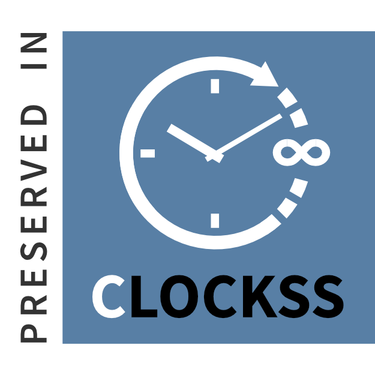Prevalence of Left Ventricular Diastolic Dysfunction in Patients with Essential Hypertension
Abstract
Background: Left Ventricular Diastolic Dysfunction is considered a critical link between hypertension and heart failure, particularly in individuals with heart failure and preserved ejection fraction. The aim of this study is to assess the prevalence and factors associated with clinical parameters of left ventricular diastolic dysfunction in patients with essential hypertension.
Methods: A hospital-based cross-sectional study was done among 68 newly diagnosed and known hypertensive patients visiting out patientdepartmentat Bir hospital. Patients who meet the inclusion criteria were chosen alternatively by referring OPD register. Patients with hypertension had undergone echocardiography to see whether left ventricular diastolic dysfunction was present and was compared to other clinical parameters like age, sex, body mass index, and dyslipidemia using the student t-test/chi-square test.
Results: The prevalence of left ventricular diastolic dysfunction in essential hypertensive patients was 33.8%. About 25% patients had grade 1; 7.4% and 1.5% of patients had grade 2 and grade 3 diastolic dysfunction respectively. Patients who had a duration of hypertension of more than five years were more than nine times (OR 9.14; 2.89-28.87) more likely to have Left ventricular diastolic dysfunction. Age and Body Mass Index were found statistically significant with diastolic dysfunction (P<0.05).
Conclusions: Left ventricular diastolic dysfunction was found prevalent in hypertensive patients. Age, Body mass index, Dyslipidemia and Duration of hypertension were found to be statistically significant with diastolic dysfunction
Keywords: Diastolic dysfunction; hypertension; Nepal; prevalence.
Copyright (c) 2023 Srijana Paudel, Rajesh Kumar Yadav, Sushila Baral

This work is licensed under a Creative Commons Attribution-NonCommercial 4.0 International License.
Journal of Nepal Health Research Council JNHRC allows to read, download, copy, distribute, print, search, or link to the full texts of its articles and allow readers to use them for any other lawful purpose. Copyright is retained by author. The JNHRC work is licensed under a Creative Commons Attribution-NonCommercial 4.0 International (CC BY-NC 4.0).












